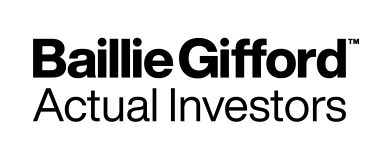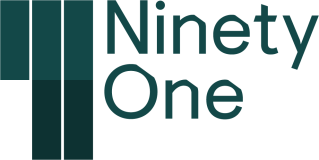The future trajectory of inflation was the principal factor preoccupying investors in the US during May following the news that the rate of consumer price inflation had risen at its fastest rate since September 2008.
- The rate of CPI rose to 4.2% YoY
- Personal consumption surged in April
- April’s jobs numbers were disappointing
To view the series of market updates through May, click here
The future trajectory of inflation was the principal factor preoccupying investors in the US during May following the news that the rate of consumer price inflation had risen at its fastest rate since September 2008, climbing from 2.6% to 4.2% year on year . Price increases were fuelled not only by a 10% rise in the cost of used vehicles, but also in comparison with 2020’s numbers, which were negatively affected by the onset of the coronavirus pandemic.
“I never said … that climbing out of the deep, deep hole our economy was in would be simple” (President Biden)
The news fuelled speculation that interest rates might have to rise more rapidly than previously anticipated, and this speculation was compounded by a warning from US Treasury Secretary Janet Yellen that rates might have to rise “somewhat” in order to prevent the economy from overheating. Nevertheless, Vice Chair of the Federal Reserve (Fed) Richard Clarida maintained that it would be “some time” before the Fed is likely to consider tightening monetary policy.
During May, the Dow Jones Industrial Average Index rose by 1.9%, while the S&P 500 Index climbed by 0.5%. In contrast, the Nasdaq Index fell by 1.5% over the month as investors in technology companies – which tend to be relatively sensitive to signs of inflationary pressure – reacted to concerns over rising prices.
Meanwhile, minutes from April’s meeting of the Federal Open Market Committee (FOMC) suggested that officials believe that much of the increase in prices and consumption can be ascribed to “transitory factors” such as temporary bottlenecks in supply chains, huge fiscal stimulus, and a recovery in prices that had been particularly hard-hit by the pandemic.
Elsewhere, having risen by 1.9% in March, personal consumption surged by 3.1% year on year during April, fuelling concerns that the recovery might be at risk of overheating. At the same time, personal income declined by 13.1% during April after jumping by 20.9% in March in response to government stimulus payments.
Despite President Biden’s massive stimulus measures, only 266,000 new jobs were added to the US economy during April following an increase of 770,000 in March. The rate of unemployment rose from 6.0% to 6.1%, and 9.8 million people remained out of work. Nevertheless, President Biden maintained that the economy was “moving in the right direction” and insisted: “I never said … that climbing out of the deep, deep hole our economy was in would be simple, easy, immediate, or perfectly studied”.
A version of this and other market briefings are available to use in our newsletter builder feature. Click here









